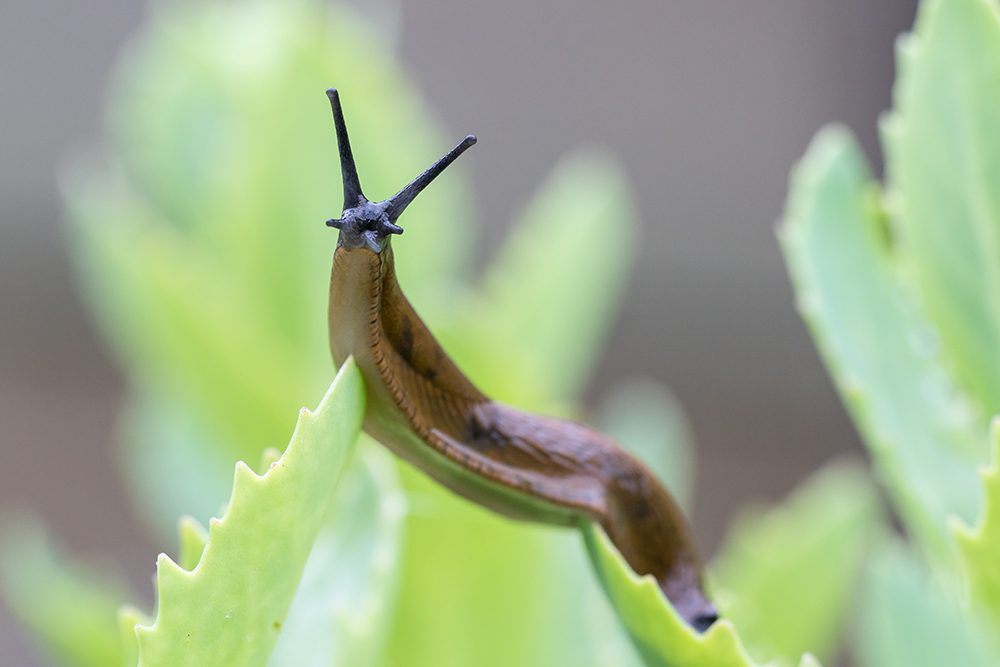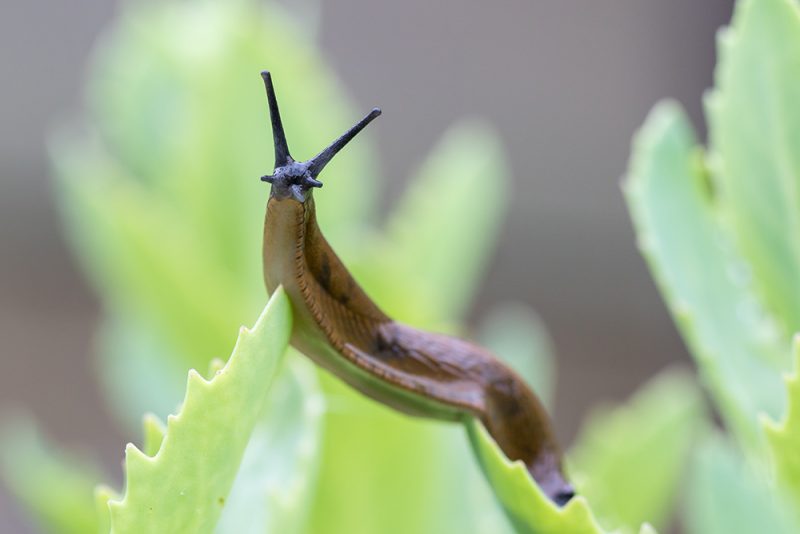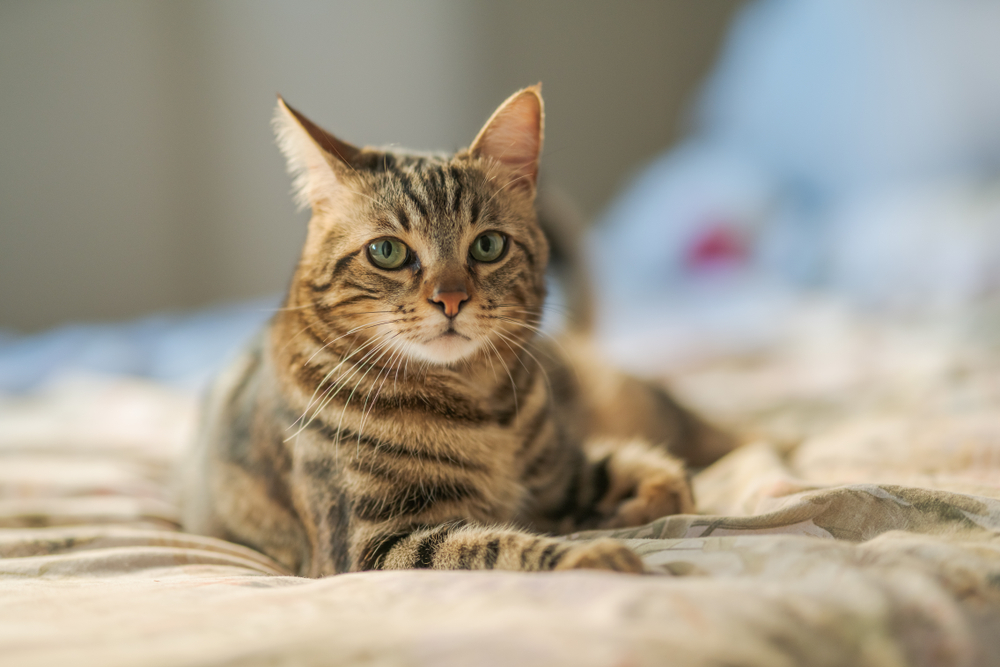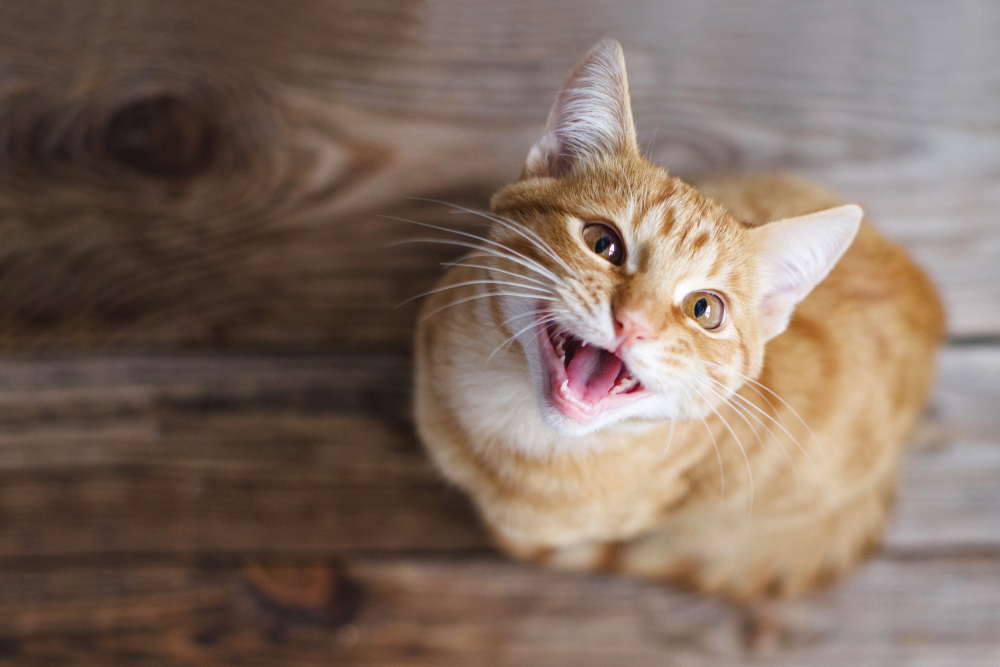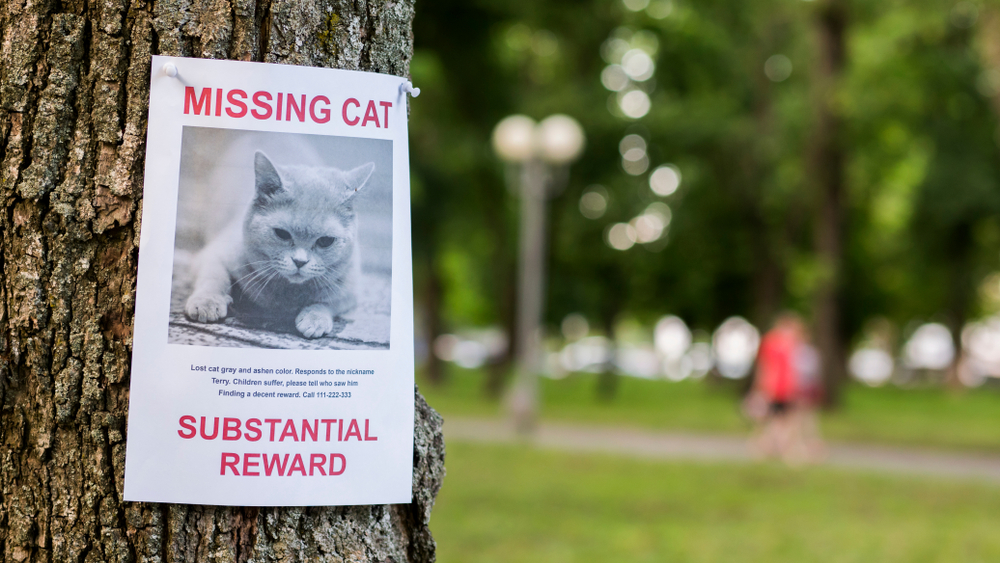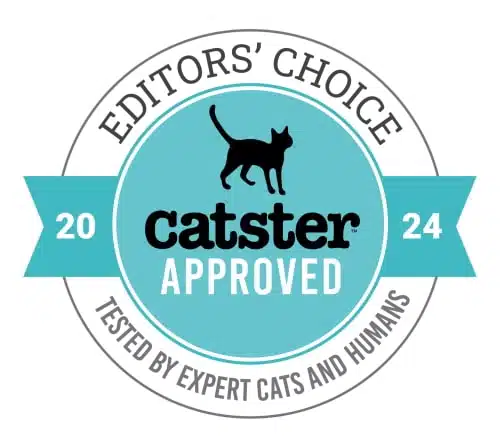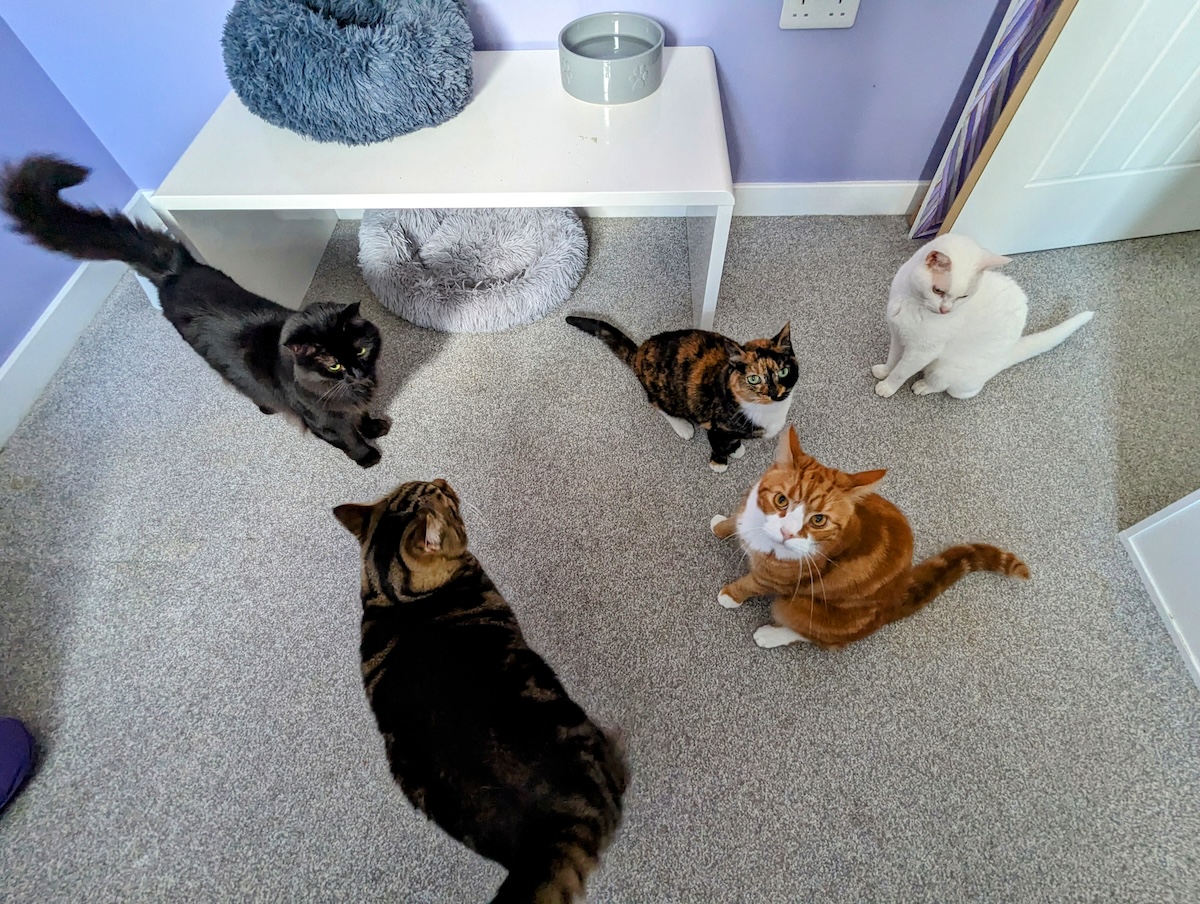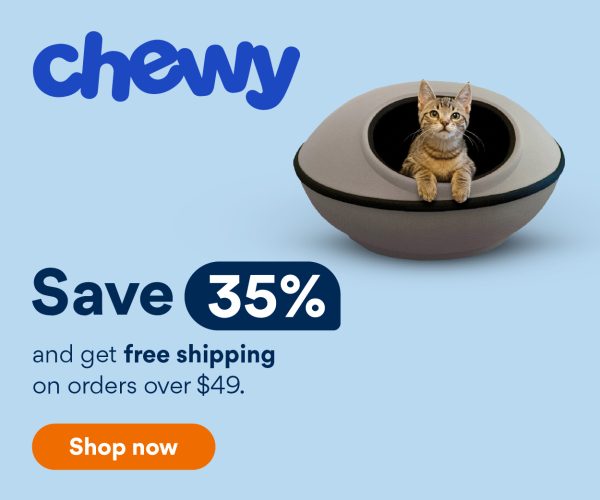If your cat has regular access to the outdoors and likes to hang out in your backyard enjoying the sunshine, you may have left a bit of food outside for your buddy to enjoy, only to discover that slugs seem to have a soft spot for cat food!
You can do a few things to encourage slugs to head elsewhere for dinner, including keeping pet food bowls nice and clean and using barriers like water to prevent them from getting too close. Below, you’ll find seven tips to keep slugs away from your cat’s food bowl.
Before Getting Started
Slugs are mollusks that lack shells! They’re kind of like snails, just without shells. Several slug species like to hang out in gardens, and they can range in size from ¼ of an inch to several inches long. Slugs like to be active in warm, damp weather and prefer to stay underground until the sun drops. These hermaphroditic mollusks have male and female reproductive organs.
Slugs reproduce by exchanging sperm, which then goes to the other party’s storage organ, and they identify appropriate mates using smell and behavior. Slugs are incredibly valuable contributors to the ecosystems where they hang out. They encourage the decomposition of organic matter and provide food for wildlife such as toads, birds, and hedgehogs!
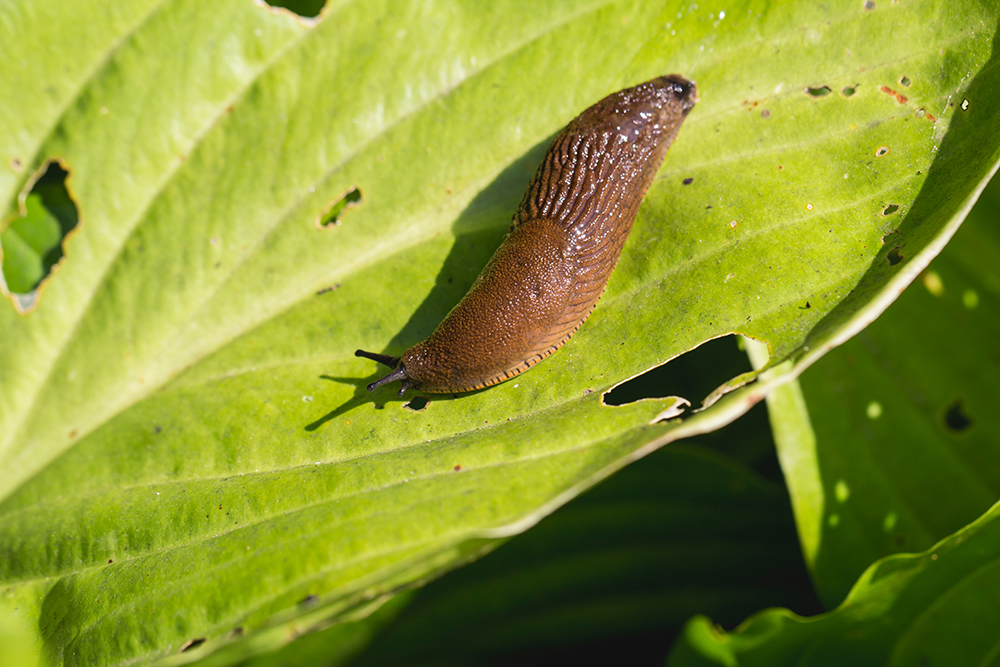
The 7 Ways to Keep Slugs Away From Cat Food
Although slugs are amazing creatures, most cats would prefer for the mollusks to spend their time snacking on things other than their food! Here are a few ways to keep slugs at a distance.
1. Wash the Bowls
Slugs are attracted to organic matter, and they’re so valuable ecologically because they facilitate decomposition by eating rotting organic material. When pet food sits out, it can attract all sorts of creatures, from flies to slugs. Bacteria can have a field day in cat food that remains out for more than just a few hours.
Use soap and water to ensure your pet’s food bowl gets squeaky clean, and consider sticking with options that are less likely to hold onto smells, such as stainless steel or ceramic products.
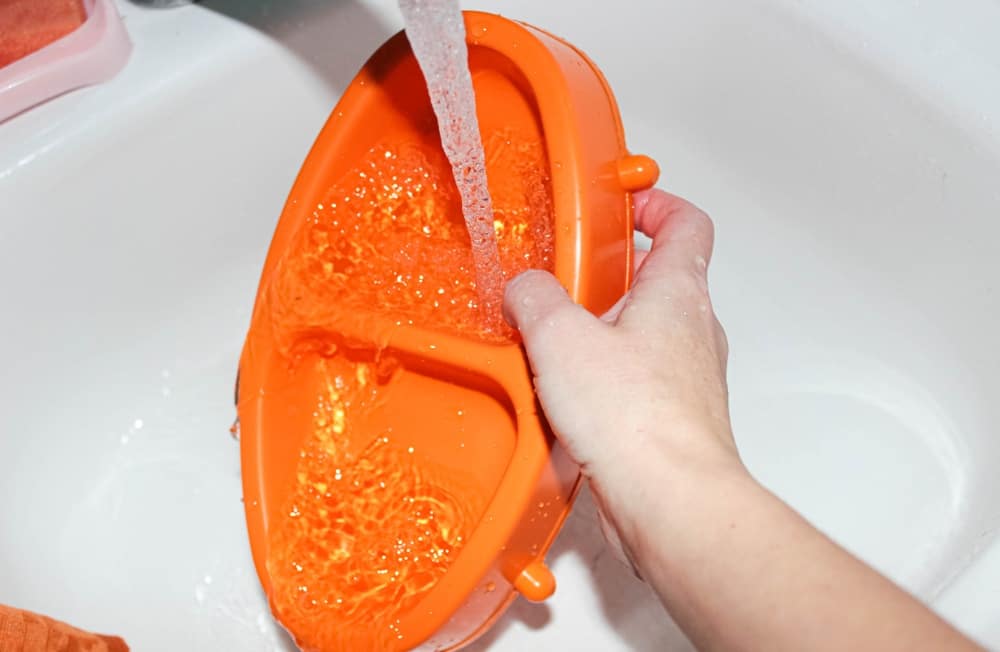
2. Use Copper Tape
A strip of copper tape applied to the outside of your cat’s bowl may make dining on cat food slightly less interesting for slugs. Copper gives a slug a harmless but unpleasant electric shock so copper tape appears to encourage them to turn tail and move away.
It’s a non-toxic option that can protect your cat’s food bowl while at the same time allowing biodiversity to flourish. Copper tape is usually easy to find in gardening and home improvement stores, and it’s generally inexpensive and easy to use.
3. Put Your Cat’s Bowl in the Water
Slugs like moist material but tend to avoid slithering through the water to get where they want to go. Putting your pet’s food bowl inside a larger receptacle filled with water can create a barrier that most slugs won’t be willing to cross for a cat food snack.
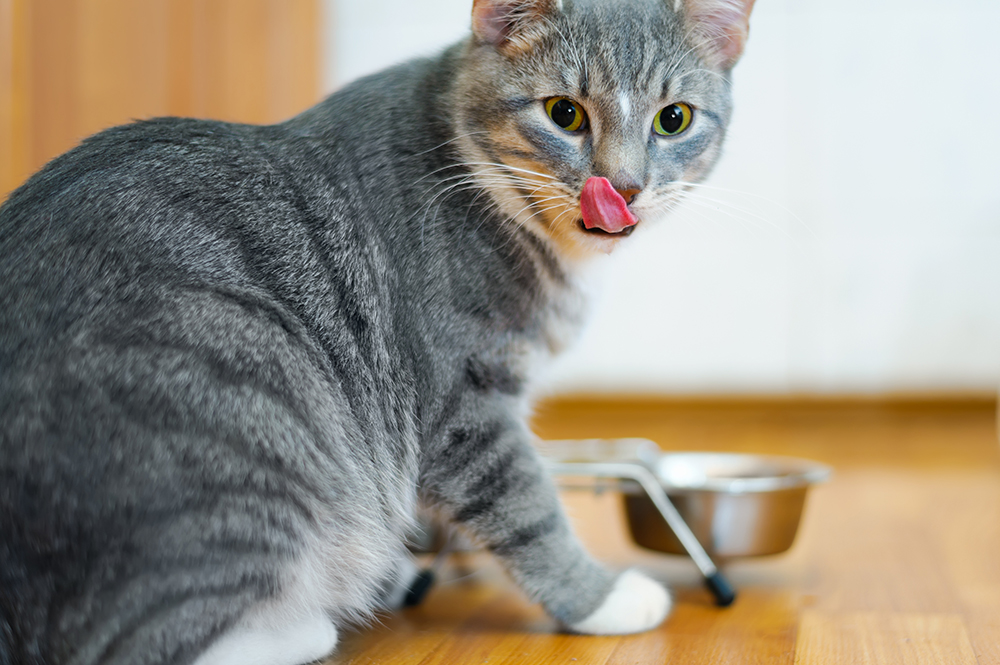
4. Use Vaseline
A layer of Vaseline applied to the exterior of your cat’s bowl can make it difficult for slugs to grab hold and climb up for dinner. They’ll slide right off when trying to latch onto the sides of the bowl. Vaseline has the added benefit of being non-toxic to pets, so your cat will likely be fine if they take a lick of it.
5. Encourage Natural Predators to Come By
Slugs have several natural predators, so you have lots of help when it comes to keeping the mollusks under control. Magpies, hedgehogs, blackbirds, and toads all like to dine on slugs.
Encouraging the predators to come for a visit and stay awhile can be fantastic and natural slug control! However, it’s best to clean your cat’s bowl as soon as they finish eating to prevent the animals from sampling the cat food. You can set up bird feeders away from your cat’s bowl to attract birds to your yard.
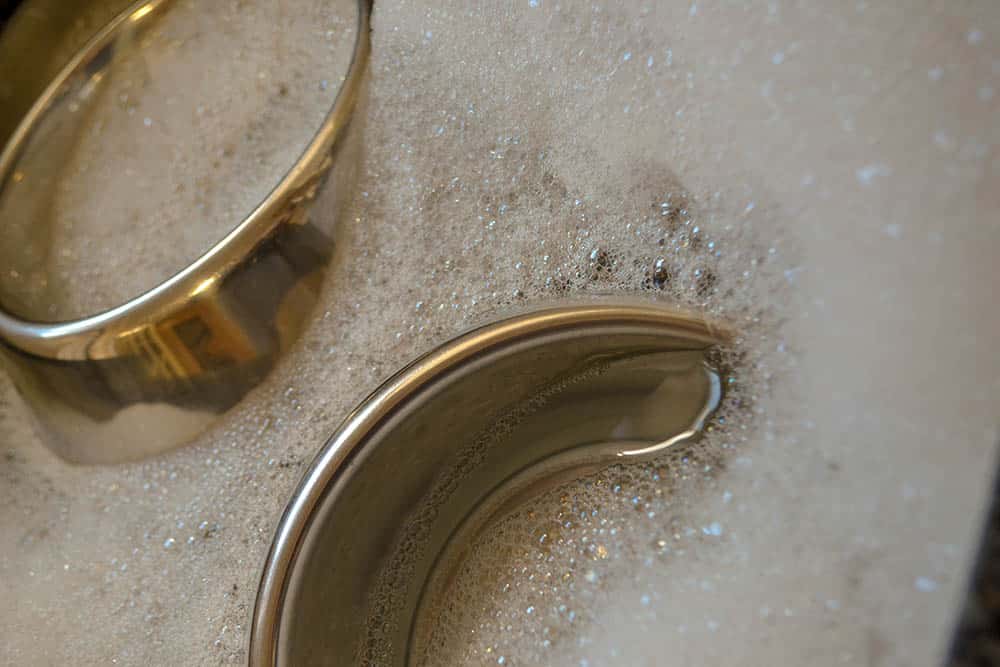
6. Move Slug-Attracting Plants to Containers
Slugs are particularly interested in certain types of plants, including dahlias, hostas, and tulips. When it comes to vegetables, they usually like to snack on leafy greens like lettuce, beans, and peas.
Simply moving these plants into containers and placing the pots in saucers of water can discourage slugs from slithering through your garden for dinner, which may help reduce the number vying for a taste of your cat’s food.
7. Be Thoughtful About Using Slug Pellets
Because slugs play such an important role in ecosystem maintenance, using toxic products to get rid of them has a far-reaching impact, and slug pellets and poisons often contain ingredients that can be toxic to cats.
Beetles, birds, worms, and mammals such as hedgehogs and foxes dine on slugs, and they can consume toxins used for slug control. Once these poisons enter the food chain, they can kill small mammals and birds that consume too many poisoned slugs.
Slug pellets featuring the toxic metaldehyde are now banned in the United Kingdom but are still available in many places. Metaldehyde can be extremely toxic not only to wildlife but also to pets like cats and dogs. Signs of poisoning include muscle tremors, anxiety, and a fast heart rate. Other signs include vomiting, hyper-salivation, and stomach pain.
Conclusion
When cat food is left outside, it can become a slug magnet, but there are several steps you can take to keep the mollusks away from your buddy’s lunch. Regularly washing your cat’s bowl can substantially reduce the attraction factor, as can putting your cat’s bowl in a moat of sorts.
Copper tape and Vaseline are other options that sometimes convince slugs to go elsewhere. Encouraging slugs’ natural predators to hang out in your backyard or garden allows biodiversity to flourish and may be just the thing to keep your cat’s food from being shared by resident slugs. Remember that many commercial slug killers contain chemicals that can be toxic to cats, birds and other wildlife, so more environmentally friendly methods should be used where possible.
Featured Image Credit: Patric Froidevaux, Shutterstock

